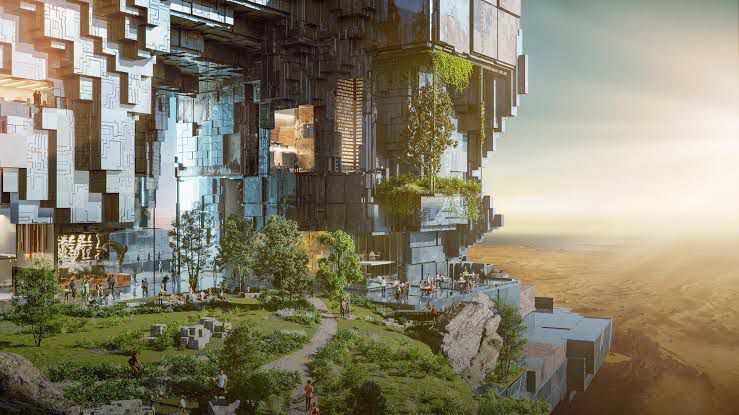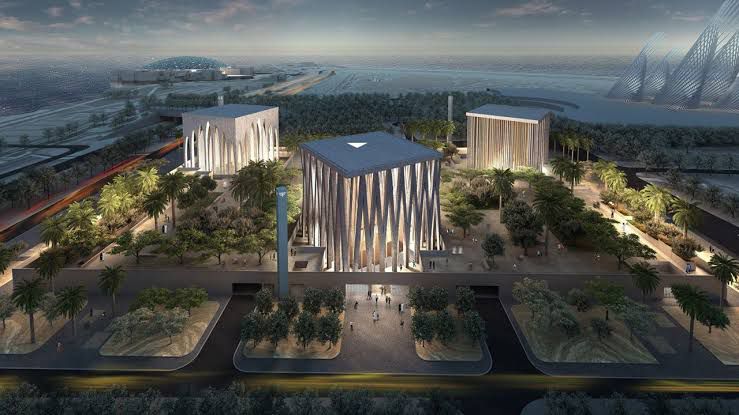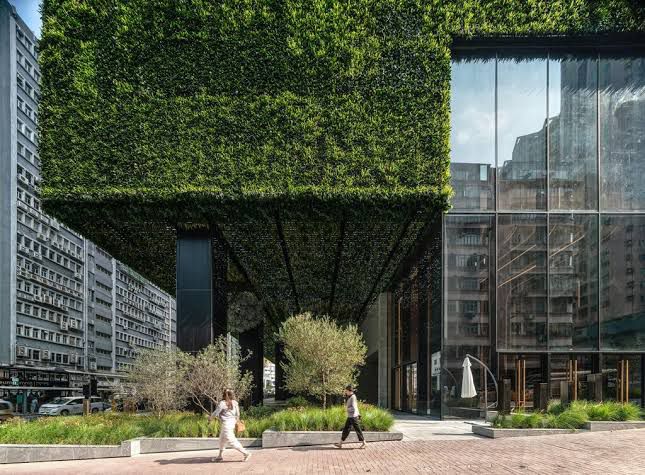 The Arab world is experiencing a paradigm shift in the real estate industry, driven by the growing awareness of the need for sustainability and environmental conservation. As the effects of climate change become more evident, the region is embracing sustainable architecture and green buildings as the future of real estate. This article explores how sustainable practices are shaping the Arab world’s real estate sector and the benefits they bring to both the environment and the economy.
The Arab world is experiencing a paradigm shift in the real estate industry, driven by the growing awareness of the need for sustainability and environmental conservation. As the effects of climate change become more evident, the region is embracing sustainable architecture and green buildings as the future of real estate. This article explores how sustainable practices are shaping the Arab world’s real estate sector and the benefits they bring to both the environment and the economy.
Sustainable Architecture: A New Approach to Design:
Sustainable architecture is revolutionizing the way buildings are designed and constructed in the Arab world. Architects are incorporating innovative techniques and materials that minimize environmental impact while maximizing energy efficiency. Green building designs prioritize factors such as natural lighting, ventilation, and the use of renewable energy sources. This approach enhances occupant comfort, reduces energy consumption, and lowers carbon emissions.
Energy Efficiency and Renewable Energy:
Green buildings in the Arab world are integrating energy-efficient systems to reduce their carbon footprint. These buildings utilize advanced insulation, efficient HVAC (heating, ventilation, and air conditioning) systems, and smart energy management technologies. Additionally, renewable energy sources like solar panels are being incorporated to generate clean and sustainable power. The adoption of these practices not only reduces operating costs but also contributes to the overall energy independence of the region.

Water Conservation and Waste Management:
Water scarcity is a significant challenge in the Arab world, making water conservation a crucial aspect of sustainable architecture. Green buildings are implementing water-efficient fixtures, greywater recycling systems, and rainwater harvesting techniques. These initiatives reduce water consumption and alleviate pressure on local water resources. Furthermore, sustainable buildings prioritize waste management strategies, including recycling programs and the use of eco-friendly construction materials, leading to reduced waste generation and landfill impact.
Health and Well-being of Occupants:
Sustainable architecture also considers the health and well-being of building occupants. Green buildings prioritize the use of non-toxic and eco-friendly materials, improving indoor air quality and reducing the risk of respiratory illnesses. Additionally, these buildings incorporate biophilic design elements that connect occupants with nature, enhancing productivity, creativity, and overall well-being.

Economic Benefits and Market Demand:
The adoption of sustainable architecture and green buildings presents significant economic benefits in the Arab world. These buildings have higher market value, attracting environmentally conscious investors and tenants. They experience reduced operating costs due to energy and water efficiency, leading to long-term savings. Moreover, sustainable buildings contribute to job creation and stimulate economic growth through the development of green building materials and technologies.
Sustainable architecture and green buildings are reshaping the future of real estate in the Arab world. The region is embracing environmentally conscious practices to mitigate climate change, conserve resources, and create healthier living and working environments. With a focus on energy efficiency, water conservation, and occupant well-being, sustainable buildings not only protect the environment but also offer long-term economic benefits. As the Arab world continues to prioritize sustainability, it paves the way for a greener, more resilient, and prosperous real estate industry.
